If your video drops online and no one sees it.
Did it even stream?
You don’t plant a seed and leave it alone. So don’t upload a video and disappear.
Your audience is waiting. Go find them!
You’ve spent hours perfecting your video. Cinematic shots, killer script, flawless edits, but it’s gathering digital dust in a lonely corner of the internet. Sound familiar?
Enter Video Seeding!
The not-so-secret weapon that transforms your content “just posted: to “viral sensation.” If you think posting on YouTube and hoping for the best is a strategy, it’s time for a plot twist!
Let’s look at 10 strong video seeding techniques. These tips will help you share your content in the right places and at the right time.
10 Powerful Video Seeding Distribution Techniques
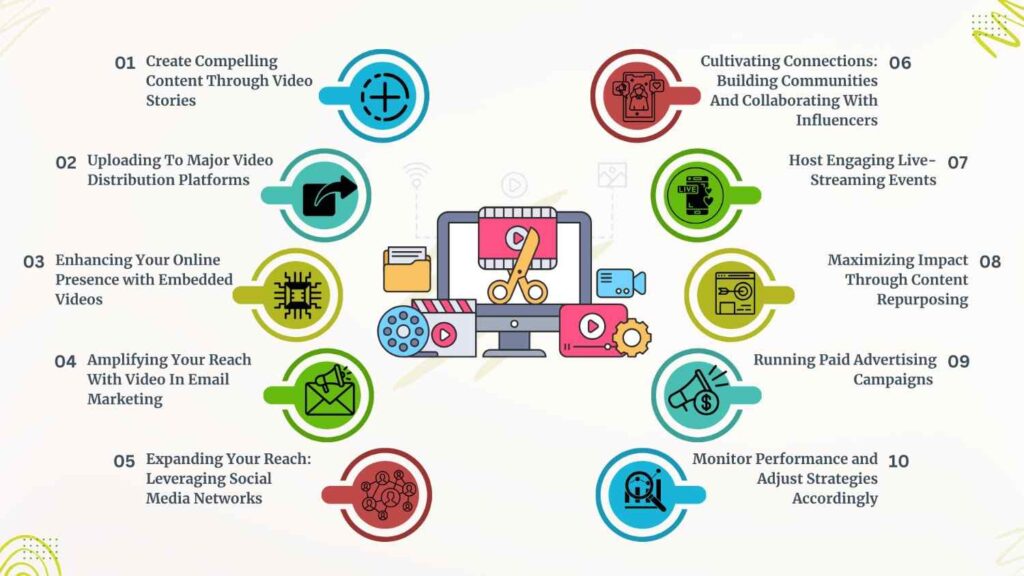
1. Create Compelling Content Through Video Stories
Short, fast-paced video stories grab attention quickly and make people interact right away. This format works well on platforms like:
- Facebook Stories
- Instagram Stories
- TikTok
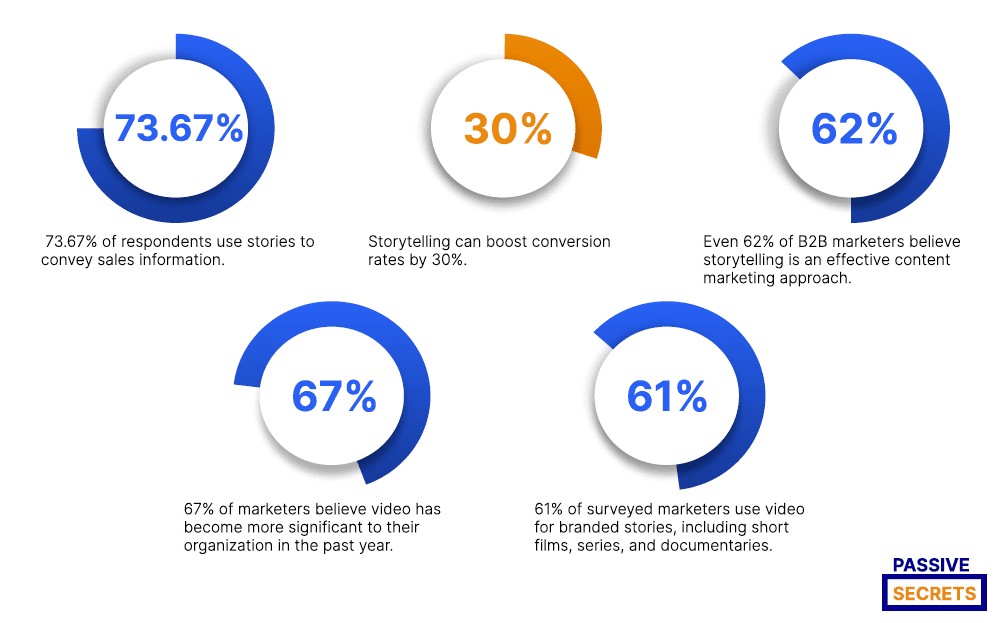
Timely Engagement: Take advantage of popular subjects and events to make your stories seem current and relevant.
Interactive Elements: Include polls, quizzes, question stickers, and countdowns in your stories to increase engagement. Viewers are encouraged to engage directly with your content via these features.
2. Uploading To Major Video Distribution Platforms
Think of these platforms as fertile ground for your video content.
Key Platforms: The two most essential hubs for video discovery are YouTube and Vimeo. Explore more platforms that are relevant to your niche.
People share social media videos 1200% more than text and photos combined. This shows that popular platforms help videos reach more people. [Vidico]
Search Engine Optimization (SEO): Make every part of your upload as efficient as possible to guarantee that your videos can be found:
- Titles: Make sure your titles appropriately convey the topic of your film by using clear, succinct, and keyword-rich language.
- Description: Write thorough descriptions that set the scene, contain pertinent keywords, and entice people to continue watching.
- Tags: To assist the platform in classifying your video and matching it with pertinent queries, use a combination of broad and specialized tags.
- Thumbnails: Make captivating, excellent thumbnails to persuade visitors to click.
Relatable Read: Top Online Video Distribution Platforms: Where To Share And Grow Your Audience
3. Enhancing Your Online Presence with Embedded Videos
Adding videos straight into your blog entries and web pages can greatly increase user engagement and comprehension.
Strategic Placement
Landing Pages: Include a brief explanation or promotional video above the fold to instantly captivate visitors. This can effectively communicate your value offer and inspire more research.
Product Pages: Use demonstration videos to show off your products in use. Emphasize the main attributes, advantages, and applications to inspire trust and increase conversions.
Blog Pages: Add value to your content by including pertinent videos that
- Support your arguments
- Offer in-depth analysis
- Provide detailed instructions
This accommodates various learning styles and breaks up the text.
A study says,
Videos make up 82% of all internet traffic. This shows that people mostly watch videos online. Websites with videos can get 157% more organic traffic than those without.
As a result, it draws in users who prefer multimedia forms over text-only information.
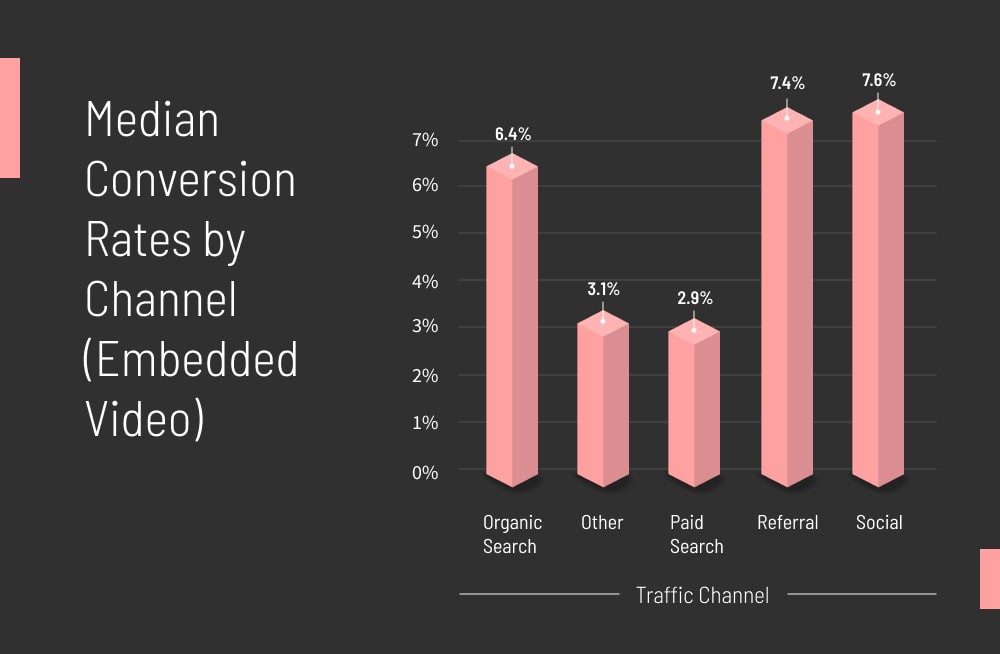
[Source: Unbounce]
Monitoring User Engagement
Pay careful attention to how people engage with your videos once they go live.
Monitor data such as:
- Completion rate
- Play rate
- Viewing time.
This information helps you understand what content your audience likes. You can use analytics tools to see where people stop watching. Then, you can adjust your video content and placement to keep viewers engaged.
4. Amplifying Your Reach With Video In Email Marketing
Video shouldn’t be restricted to your website. Adding it to your email campaigns helps increase click-through and open rates.
Eye-Catching Video Thumbnails: Use captivating video thumbnails in your email previews rather than static images. These eye-catching components have the power to grab recipients’ attention and motivate them to click and open. Verify that the thumbnail appropriately conveys the content of the video.
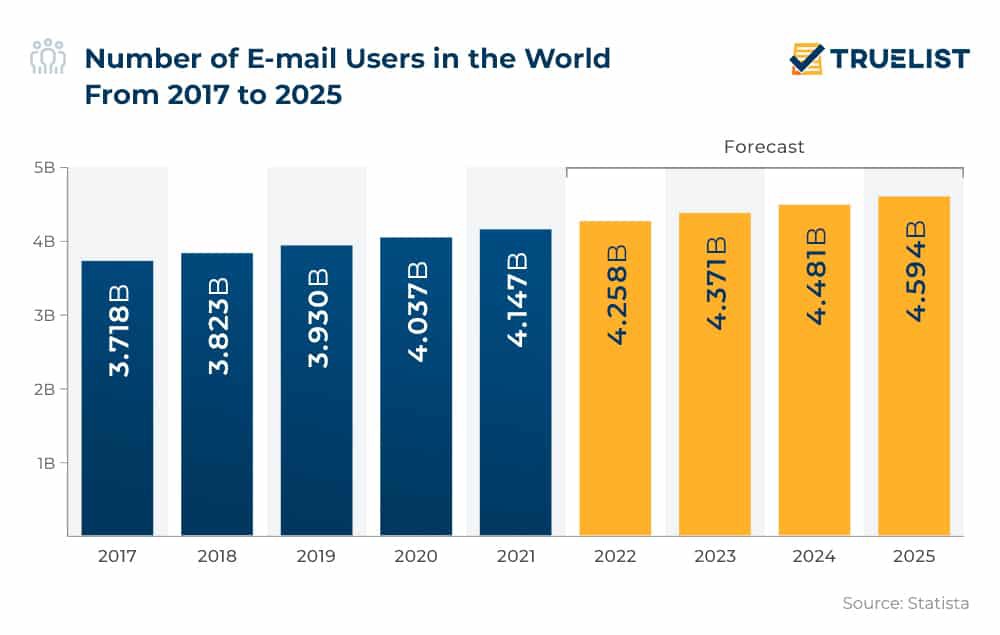
Personalized Video Content: Use personalized films to boost your email marketing efforts.
- To make the experience more engaging and direct, address subscribers by name or refer to their previous exchanges.
- To increase the chance of conversion, customize video material according to audience segmentation to present highly relevant offers and information.
A study says,
Email campaigns grab more attention when they include videos. Videos can boost click-through rates by up to 300%.
Relatable Read: Video Ads vs. Image Ads: Which Platforms Are Better For Your Marketing
5. Expanding Your Reach: Leveraging Social Media Networks
Social media platforms help your videos get more views. Each platform has its own style and audience. To get better results, you need to create content that fits each platform.
Broadcasting Across Channels
Spread the word about your videos on popular social media sites like Facebook, Instagram, Twitter, and LinkedIn. Imagine it like opening a store in a busy marketplace.
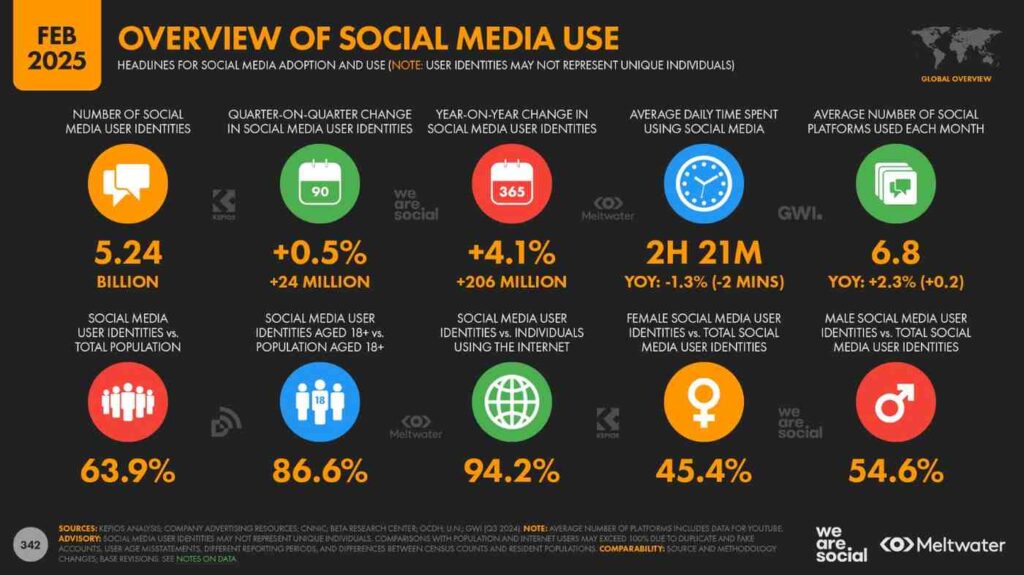
The Art of Platform-Specific Content
Professional networking on LinkedIn needs a different style than what works on Instagram.
Change your video length, clips, and captions to match the audience and how people use each platform. Longer, detailed videos often do better on Facebook or LinkedIn. But shorter, snappier versions usually perform well on Twitter and Instagram Reels.
Unlocking Discoverability with Hashtags and Engaging Captions
Similar to signposts, hashtags direct people who are interested in particular subjects to your material. Look for trending and pertinent hashtags to improve the discoverability of your video.
Additionally, you have the chance to engage viewers, give context, and promote interaction with captivating subtitles. Pose queries, pique interest, or provide a preview of the video’s potential.
6. Cultivating Connections: Building Communities And Collaborating With Influencers
The impact of your video can be greatly increased by doing more than just broadcasting. You can also actively interact with communities and work with others.
Sharing in Relevant Communities
Common interests can be found in:
- Online forums
- Facebook groups
- LinkedIn groups
Find communities that match your video’s topic. Share your video carefully in those groups. Join the conversations and share your video as a helpful resource, not just a random link.
Encouraging Discussion and Organic Sharing
Your goal is to create a ripple effect. Ask questions about your video’s topic to start conversations and get feedback. When viewers feel involved and connected, they are more likely to share your video with others.
It promotes organic growth.
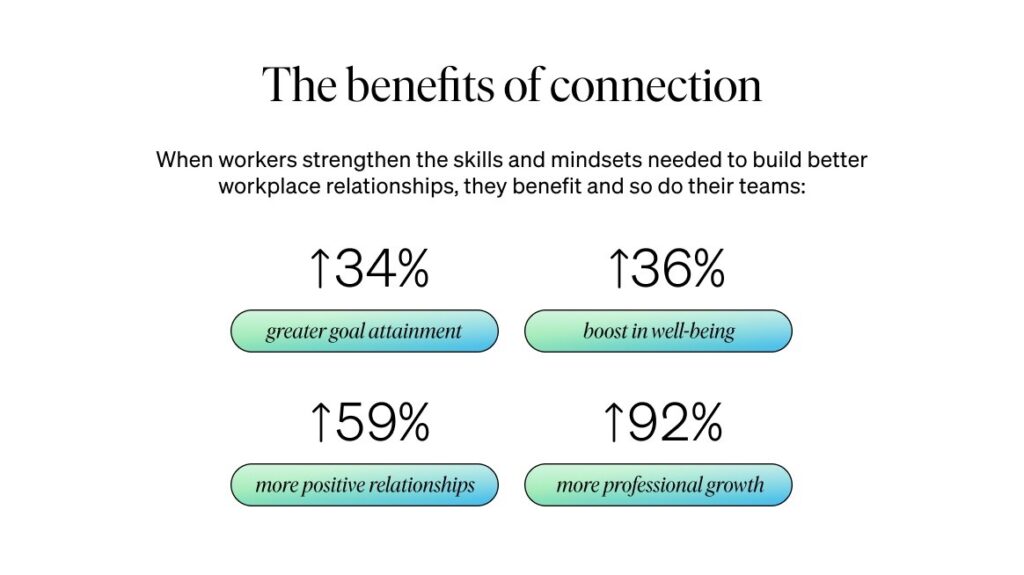
[Source: Betterup]
Collaborating with Influencers
Influencers have built loyal followers and earned their trust in specific areas. If you work with the right influencers, your video can reach a focused and interested audience.
The influencer can share your video with their followers, help create content, or feature your video.
A study says,
In 2025, 86% of US marketers intend to collaborate with influencers, showing the broad acceptability and dependence on influencer marketing strategies.
Relatable Read: Corporate Training Videos: Impactful Examples (+Best Practices)
7. Host Engaging Live-Streaming Events
A study says,
Audience interaction is cited by nearly half of marketers (49%) as the most important factor in organizing successful live events.
Define Your Purpose and Audience
What message are you trying to get across? To whom are you attempting to speak? When you understand your goals and audience, you can shape your content and presentation better.
Organize Interactive Components
Consider more than just a broadcast. Provide Q&A sessions, live polls, competitions, or special guests to keep viewers engaged.
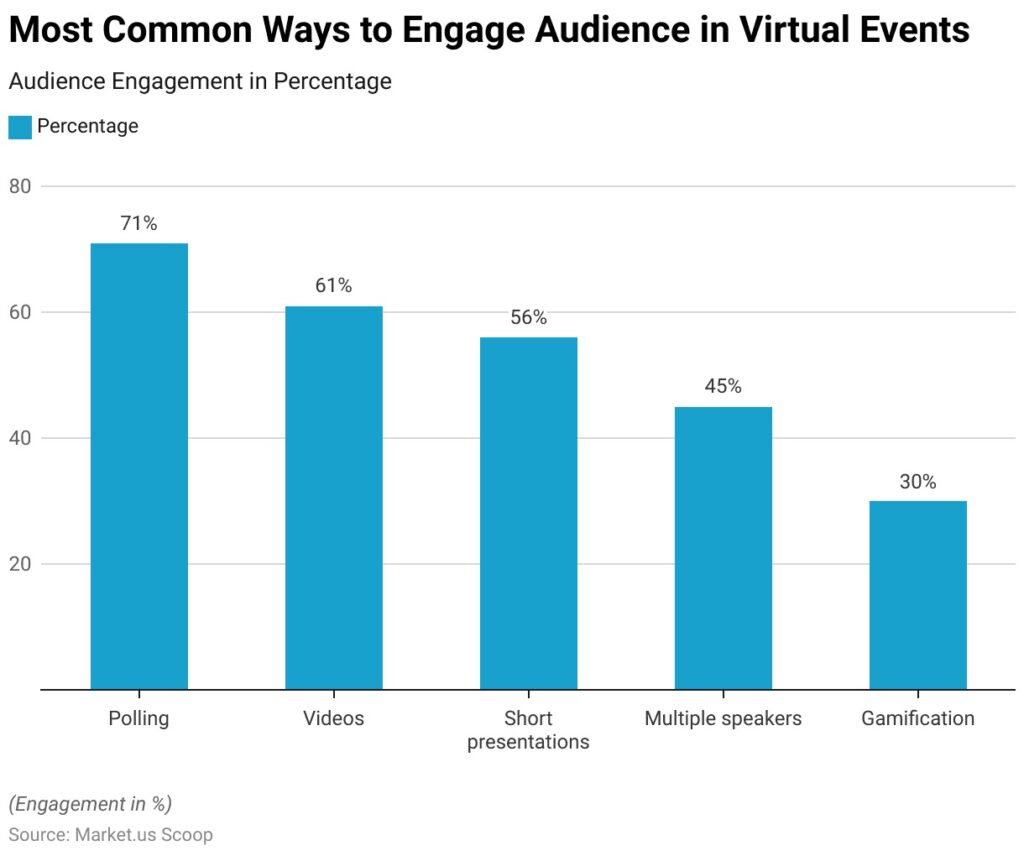
Strategic Promotion
Make use of email lists, social media, and website banners to create excitement and guarantee a large turnout.
Technical Setup
To prevent technical issues during the live stream, invest in dependable equipment (camera, microphone, internet connection) and practice your setup in advance.
Moderate and Involve
Assign someone to keep an eye on queries and comments in real time to ensure a seamless and lively experience.
8. Maximizing Impact Through Content Repurposing
Even after the broadcast ends, your live-stream still has value. You can turn it into different types of content. This helps you reach more people and match different audience preferences. Think about turning your live broadcast into:
Short Clips: Take out significant events, highlights, or powerful quotes for quick consumption and social media sharing.
Infographics: Condense information, main conclusions, or detailed procedures into aesthetically pleasing and distributable visuals.
Podcasts: To listen on the move, extract the audio track and broadcast it as a podcast episode.
Blog Posts: Provide a textual resource for readers by summarizing and elaborating on the primary subjects covered.
According to 65% of marketers, repurposing existing content is more cost-effective, and 46% of them think it works better than starting from scratch.
9. Running Paid Advertising Campaigns
Reaching the right people is key to a successful paid ad campaign. Focus your ad budget on people who are most likely to want your products or services. This way, you get better results and more value for your money. (ROI).
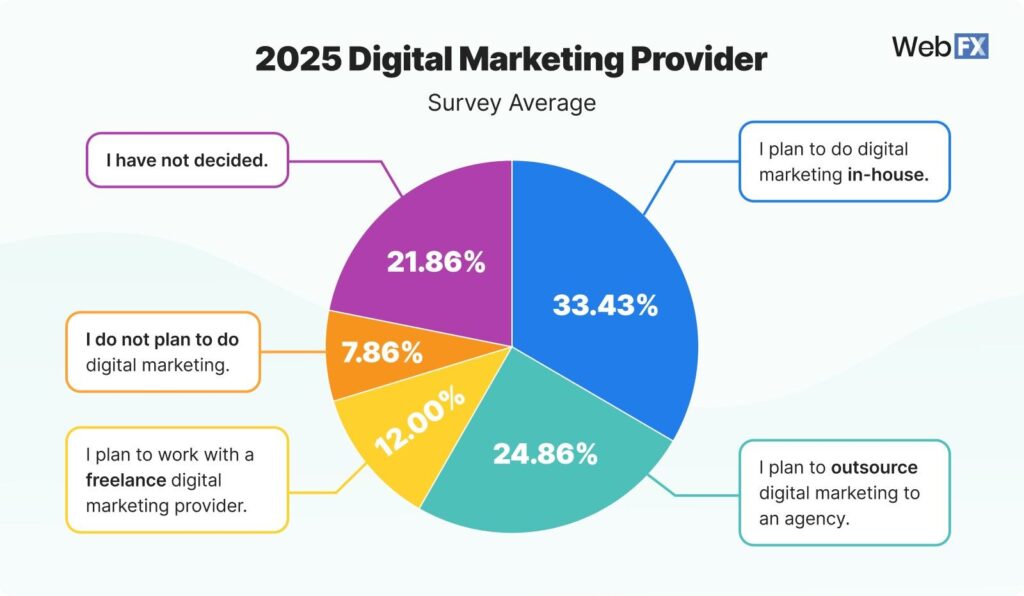
[Source: WebFX]
Identify the People You Want to Reach: Your target customer’s demographics (age, gender, geography), interests, behaviors, and pain concerns should all be identified.
Make Use of Platform Targeting Choices: Every advertising platform offers different targeting options. Use these tools to reach your audience based on the settings you choose.
Build Custom Audiences: Using your current consumer data (e.g., email lists, website visits), you can build custom audiences on a number of platforms. This allows you to reconnect with both current clients and warm leads.
Create lookalike audiences: Users who have traits in common with your current clients will help you reach a wider audience.
Relatable Read: How To Track and Measure ROI on Video Marketing Campaigns
10. Monitor Performance and Adjust Strategies Accordingly
Running a good paid ad campaign needs close attention. To get the best results, you must keep checking it and make smart changes along the way.
- Set Specific Objectives: Specify the outcomes you hope to get from your efforts, such as higher website traffic, sales, lead generation, and brand exposure.
- Examine performance data on a regular basis: Keep a close eye on important indicators to gauge the effectiveness of your initiatives.
Tracking Key Metrics
Tracking the following crucial metrics will help you keep an eye on the effectiveness of your campaign:
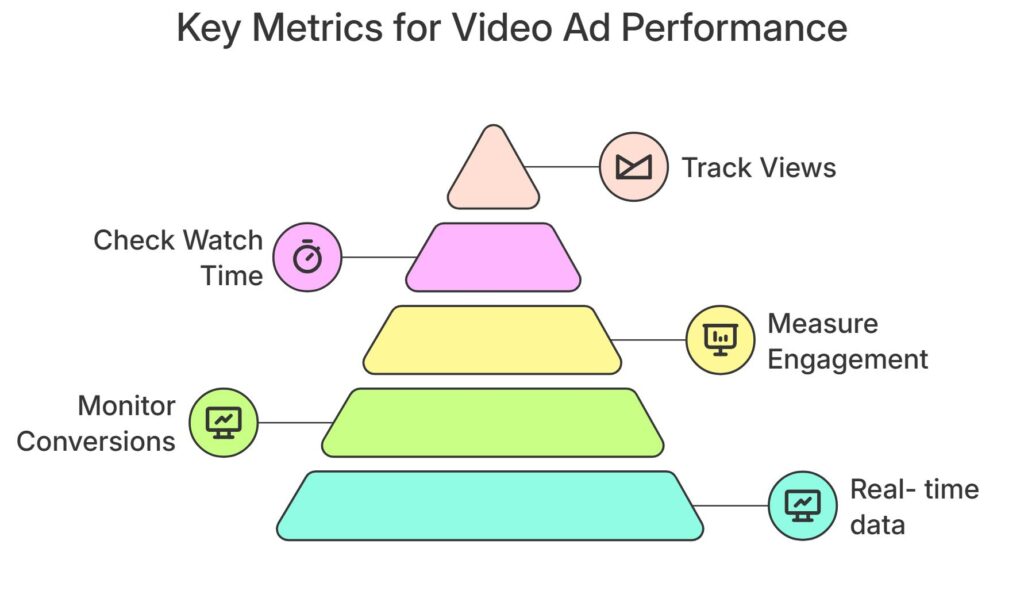
- Watch Time: Monitor the duration of users’ video ad viewing. Low watch time could be a sign of problems with your targeting or content.
- Real-time Data: Certain platforms provide insights on campaign performance in real-time, enabling prompt modifications.
- Views: Keep tabs on how many people have watched your video advertisements.
- Engagement: To measure how your advertising is being interacted with by your audience, track metrics such as likes, shares, comments, and click-through rates (CTR).
- Conversions: Keep track of how many desired activities, like website visits, form submissions, or sales, consumers take after viewing your advertisements.
Relatable Read: Video Production For Small Businesses: Creative Solutions That Drive Results
Understanding The Basics Of Video Seeding
Consider planting a seed and watching it grow and spread. Similar to planting a plant, video seeding involves sharing your video content deliberately across multiple internet venues to generate initial traction and promote a broader audience.
Giving your video the greatest start possible will help it reach its target audience.
What Is Video Seeding?
Video seeding means sharing a video in the right online groups and channels where your audience is most likely to watch and share it.
Think of it as the first step to spread your video. Instead of just posting and hoping for the best, you actively put your content in front of the right people.
Why Is Video Seeding Essential?
Making a great video isn’t enough in today’s crowded online world. Without proper promotion, people might never see your video.
That’s why video seeding matters so much.
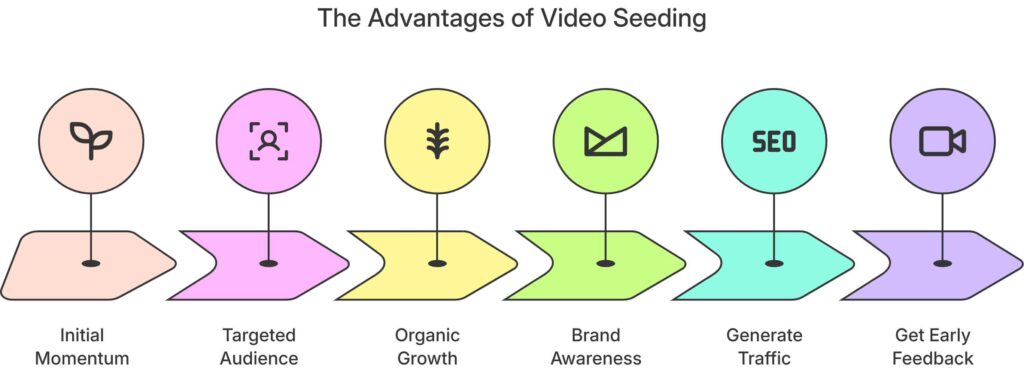
Video seeding plays an enormous role in
- Getting First Views: Seeding gives your video the first views and momentum it needs to get off the ground. It increases the discoverability of your video by breaking the “zero view” barrier.
- Reaching Your Target Audience: You may make sure your video reaches the people who are most likely to find its content interesting by carefully choosing the seeding channels. This focused strategy increases the likelihood of engagement and conversions.
- Driving Organic Growth: When visitors find the content amusing or valuable, a successful seeding effort can result in organic shares and referrals. Over time, this snowball effect can greatly increase the number of people who see your movie.
- Increasing Brand Awareness: Your target audience will be more aware of and able to recognize your brand if it is strategically placed on relevant platforms.
- Creating Leads and Traffic: Seeding can bring important traffic to your website or landing pages if your video contains a call to action. This could result in the creation of leads and sales.
- Getting Early Feedback: Your seeded audience’s initial comments and engagement can give you important information about how your video is being received. As a result, it can help you improve your content strategy for subsequent videos.
Types Of Video Seeding
Seeding is a part of content marketing. There is no one-size-fits-all method for video seeding. Overall, the two types work similarly and have the same goal.
They are:
1. Simple Seeding
Simple seeding mainly focuses on publishing the content on one’s channel and using one’s reach.
2. Tended Seeding
With tended seeding, you need to work closely with influencers and convince them to share your content.
Some other common types of video seeding are:
- Organic seeding
- Social Seeding
- Influencer seeding
- Community seeding
- Paid seeding
- Website and blog embedding
- Social sharing integration
Relatable Read: The Ultimate Guide To E-Commerce Video Marketing In 2025
SEO Best Practices For Video Seeding
To get more people to see your films, place your videos on many websites on purpose. This is called video seeding. Use strong SEO to help your videos grow and reach more viewers.
Laying the Groundwork: Keyword Research
You need to know what kind of content people actually want before choosing where to share your video. It’s important to research keywords.
So, follow these steps:
- Identify relevant keywords
- Analyze search intent
- Assess the competition
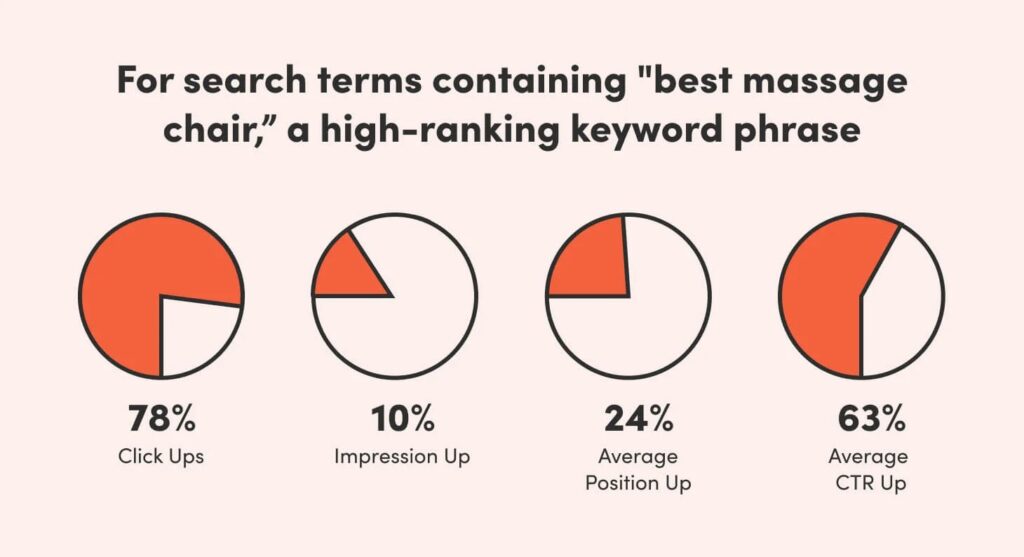
[Source: Vital Design]
Relatable Read: Video SEO in 2025: 10 Proven Tips To Improve Your Website’s Rankings
Optimizing for Discovery: Video Metadata
You already have your keywords. Now it’s time to improve the parts that help viewers and search engines understand your video. Think of metadata like a label that shows what’s inside your seed packet.
So, what’s inside?
- Compelling Titles
- Detailed Descriptions
- Strategic Tags
- Eye-catching Thumbnails
Building Growth: Viewer Engagement
In the end, how viewers interact with your content decides how successful your video seeding efforts are. When people engage a lot, they show search engines that your video is useful and relevant.
For this, you need to have:
- Clear Calls to Action (CTAs)
- Interactive Content
- Respond to Comments
So, in the wild world of video marketing, seeding is your secret sauce, and LocalEyes? That’s your gourmet chef. Whether you are aiming for niche stardom or small-town takeover, LocalEyes puts your content in the right hands!
So, let LocalEyes plant your video where it’ll actually grow!
FAQs
What is the strategy for video seeding?
Video seeding is a tactic used by brands to share their videos outside of their own channels to expand their audience and promote natural sharing and interaction.
How can the video be promoted and distributed?
The video can be promoted and distributed by using various platforms, paid advertising, and focusing on engaging content.
What is a content distribution strategy?
A content distribution strategy involves a plan for sharing and promoting your content across various channels to reach a broader audience.
How is a video divided?
Video content is divided by using editing software or tools to break it into multiple parts.
What does SEO seeding mean?
SEO seeding is the process of distributing content via a variety of internet platforms to expand its audience and visibility.

Executive Producer at LocalEyes Video Production | Emmy Award Winning Producer



